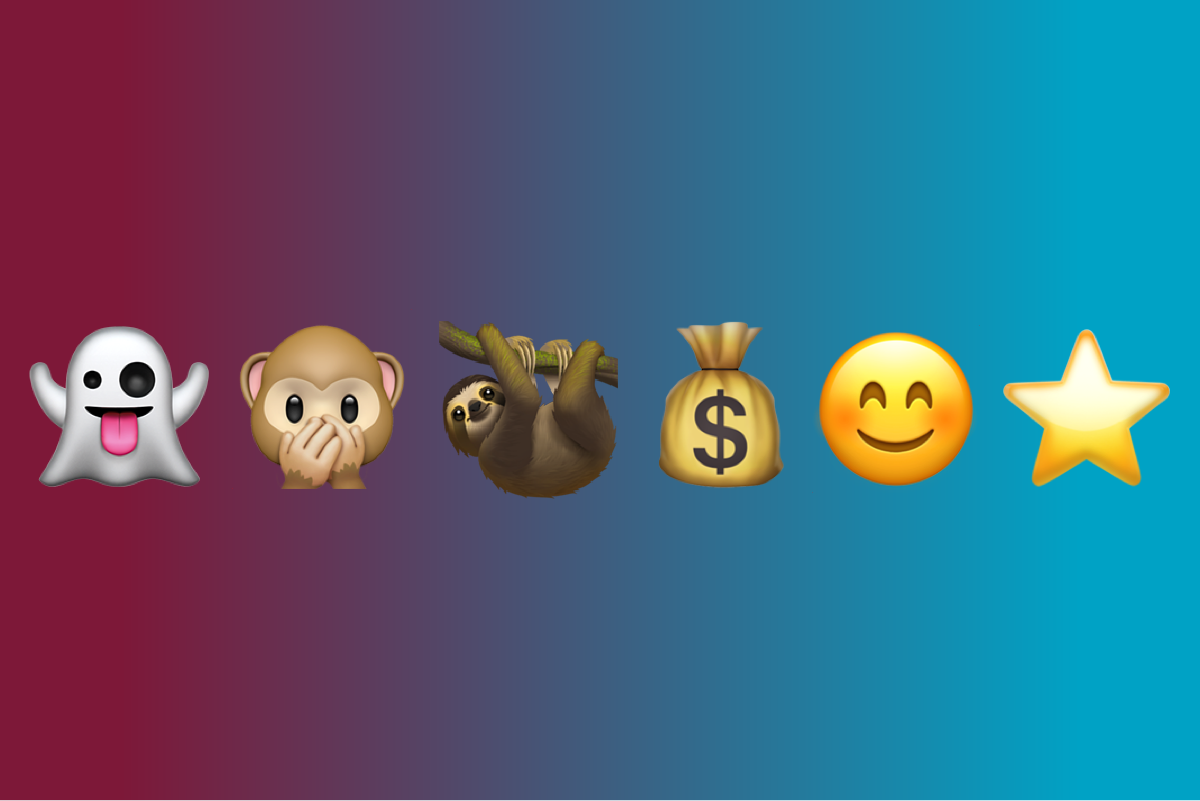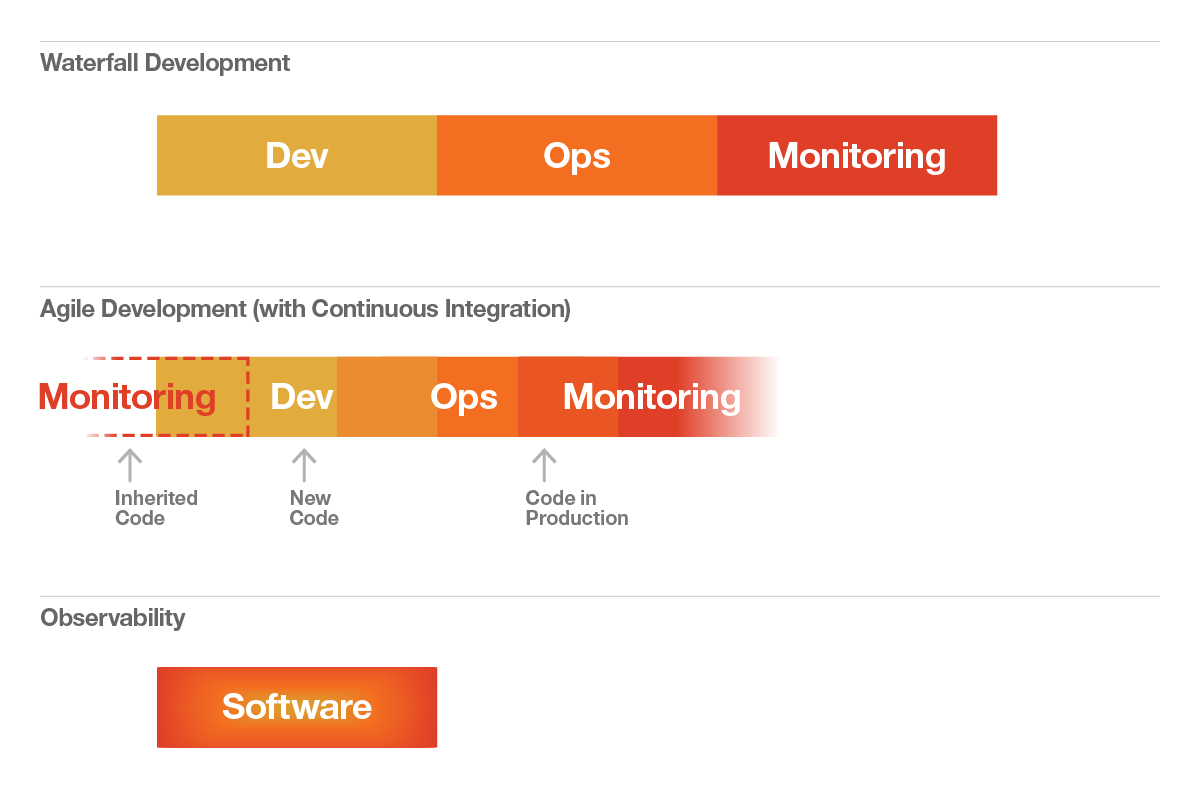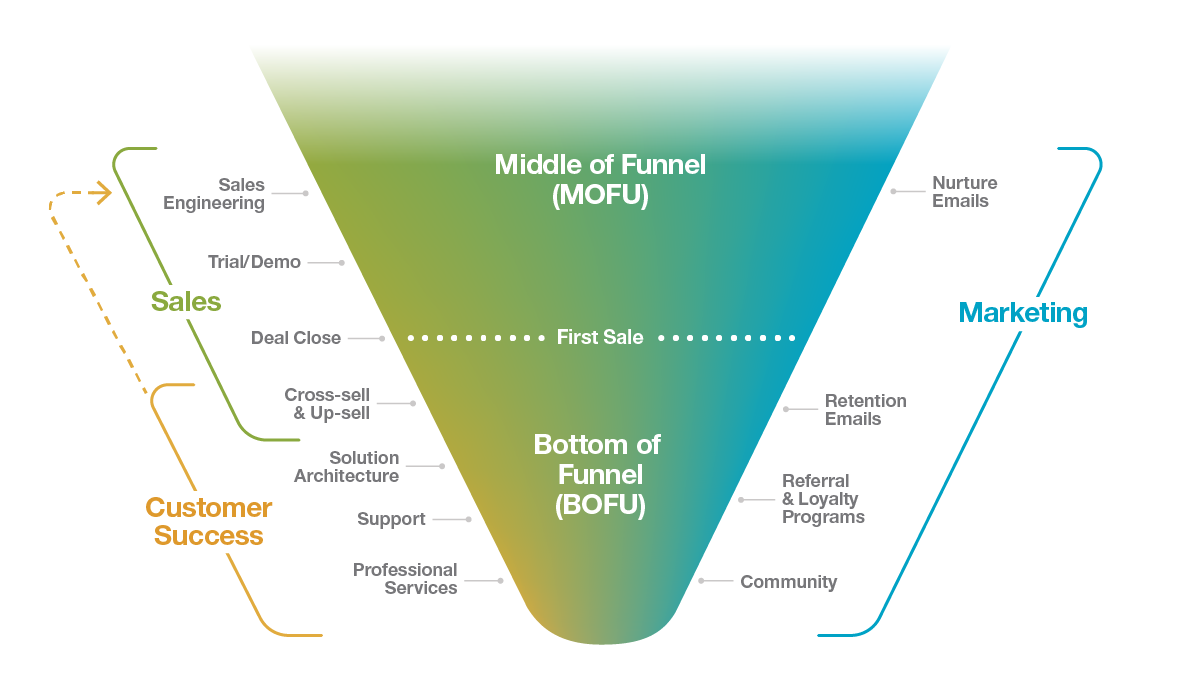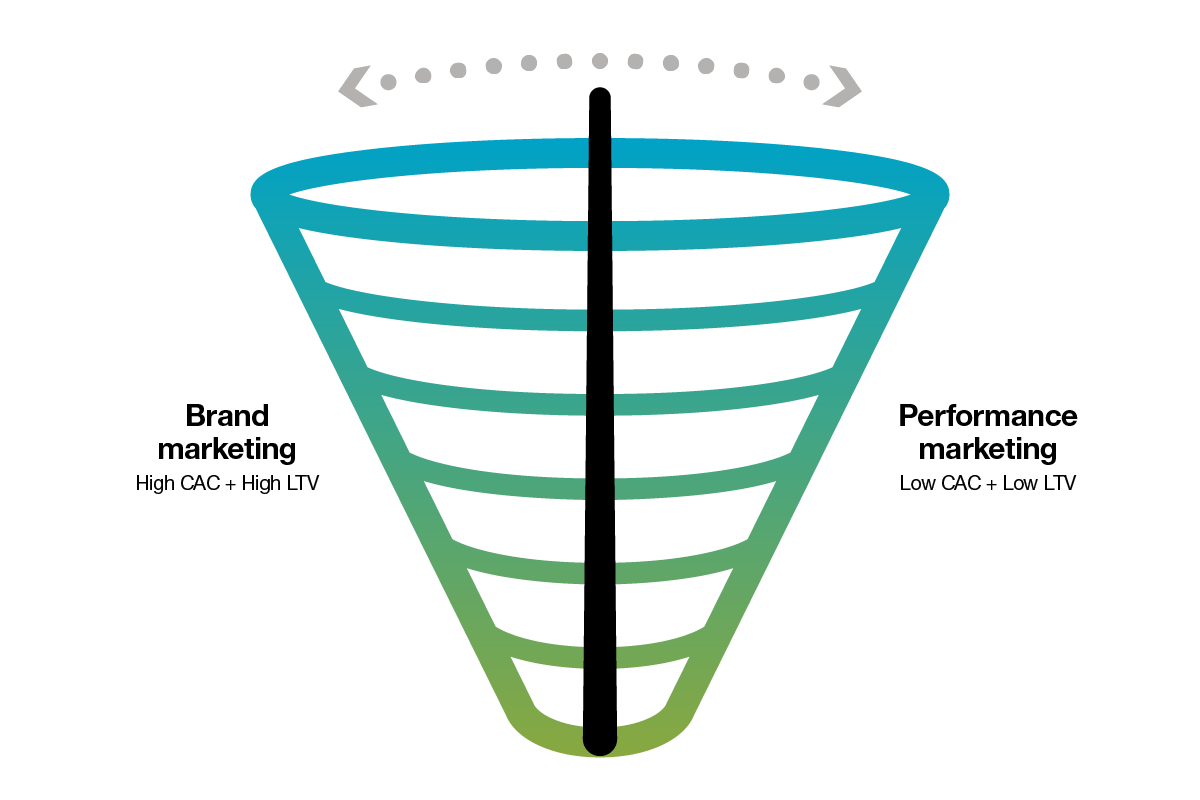TAM penetration measures business growth and connects business strategy with revenue strategy.
The Six Centers (simplified)
Why culture eats strategy for breakfast, and how to make sense of the competing priorities that all businesses face. A “pocket version” of my original post.
Gesamtkunstwerk
The Gesamtkunstwerk has you. How aesthetics, history, and morality affect and contain the craft of the modern marketer, brand builder, and experience designer.
Trauma center
Trauma creates ego and shadow simultaneously. Healing from trauma is how societies, organizations, and individuals release their creative energy.
The Six Centers
Customer centricity is important, but all organizations have six centers (three external and three internal) which vie for attentional focus.
Product and Marketing
Everything’s a funnel. The culmination of our Relationships and Revenue series, and the introduction of our Three Machines framework, inspired by Brad Feld.
Aligning Marketing and Sales
B2B organizations face an unresolved tension between the need for a unified GTM strategy and the human reality that Marketing and Sales are very different.
Brand marketing vs. performance marketing
Brand marketing and performance marketing are in dynamic tension with each other at every step of the marketing funnel.
What is positioning?
Positioning defines how external audiences see a company relative to its competitors. It articulates where we fit into both the competitive landscape and our customers’ minds.










